
Bike Crossbar Explained – Types, Importance & Buying Guide
The bike crossbar, also called the top tube, is a key part of your bike’s frame, affecting stability, comfort, and handling. Whether you ride a men’s, women’s, or unisex bike, understanding crossbar types and designs can help you choose the perfect fit for a safer and more comfortable ride.
What is a Bike Crossbar?
A bike crossbar, also referred to as the top tube, is the horizontal or slightly angled bar that connects the saddle to the handlebars. It is one of the most important components of a bike frame, providing essential strength, rigidity, and stability that directly affects the overall safety and performance of the bike.
The crossbar’s height, length, and shape play a crucial role in rider comfort, bike handling, and posture. A properly designed crossbar ensures that the rider can maintain an ergonomic position, reducing strain on the back, shoulders, and wrists during long rides.
Different types of bikes feature distinct crossbar designs tailored to their intended use:
-
Road bikes: horizontal or slightly sloped top tubes for efficient pedaling and aerodynamic posture.
-
Mountain bikes: reinforced and slightly sloped crossbars for added durability on rough terrain.
-
Commuter and hybrid bikes: a balance between accessibility and frame strength, often featuring sloping or step-through designs for easier mounting.
Understanding what a bike crossbar is and how its design impacts comfort, fit, and performance can help riders choose the right bike for their body type, riding style, and terrain. Selecting the right crossbar ensures a safe, stable, and enjoyable cycling experience for both casual and performance-oriented riders.
Why the Bike Crossbar Matters
The bike crossbar is essential for frame strength and stability, connecting the saddle to the handlebars and ensuring a rigid, responsive ride. It improves handling on road bikes, mountain bikes, and commuter bikes, and supports heavier riders without compromising performance.
Crossbar design and height also impact safety and ease of mounting. Lower or step-through crossbars make getting on and off the bike easier, while horizontal crossbars provide added frame strength for more aggressive riding. Choosing the right crossbar design helps ensure a comfortable, safe, and efficient ride.
Types of Bike Crossbars
Bike crossbars, or top tubes, come in different designs that affect ride comfort, bike handling, and accessibility. Understanding the differences can help you select the best bike for your body type, riding style, and daily needs.
1. Horizontal Crossbar
The horizontal crossbar is the classic design, commonly found on men’s bikes and unisex models. It runs in a straight line from the saddle to the handlebars, providing a strong, rigid frame. This design offers excellent weight distribution, which enhances stability and control, especially on rough terrain or at higher speeds. Horizontal crossbars are ideal for riders who prioritize performance and frame durability, making them popular for road bikes, mountain bikes, and long-distance commuting.
2. Low or Curved Crossbar
The low or curved crossbar, often seen on women’s step-through bikes, features a U-shaped or sloped design that connects the bike’s bottom bracket to the handlebars. This design allows easier mounting and dismounting, making it convenient for riders wearing skirts, dresses, or those with mobility challenges. While it may slightly reduce frame rigidity compared to horizontal crossbars, it provides comfort and accessibility, making it a top choice for urban commuting, casual riding, and recreational cycling.
3. Sloping or Compact Crossbar
Modern bikes, including many unisex, commuter, and hybrid models, use sloping or compact crossbars. These top tubes gradually slope downward from the handlebars to the saddle, providing more clearance for shorter riders and a lightweight, agile frame. Sloping crossbars strike a balance between strength and accessibility, offering a comfortable riding position while maintaining good bike handling and stability. This design is particularly popular for city bikes, foldable bikes, and performance hybrids, where ease of use and maneuverability are important.
Crossbar Differences Between Men’s and Women’s Bikes
Men’s Bikes: Horizontal Crossbars
Men’s bikes traditionally feature a horizontal crossbar that runs straight from the saddle to the handlebars. This design provides maximum frame strength, rigidity, and efficient power transfer, making it ideal for performance-oriented riding, mountain biking, and rough terrains. The horizontal top tube ensures even weight distribution, enhancing bike handling, stability, and control. Riders who prioritize speed, balance, and aggressive riding styles often prefer horizontal crossbars for their durable and responsive frame.
Women’s Bikes: Low or Curved Crossbars
Women’s bikes have historically featured lower or curved crossbars, often in a U-shape or sloping design. This design was originally created to allow women to mount and dismount easily while wearing skirts or dresses, reflecting historical cultural norms of modesty and practicality. Lower crossbars improve accessibility, comfort, and safety, making them ideal for urban commuting, casual riding, and riders with mobility challenges.
Modern Trends: Unisex and Horizontal Frames
While these traditional distinctions exist, many women today ride horizontal or unisex bike frames, especially for longer rides or performance cycling. Modern cycling clothing such as shorts and trousers allows freedom of movement, reducing the need for a low crossbar. Choosing the right crossbar is now less about gender and more about body fit, riding style, and comfort, ensuring optimal handling, efficiency, and safety.
Step-through vs Crossbar Electric Bikes: Which Is Right For You?
Electric bikes feature two main frame styles: step-through (low-step) frames and crossbar (top tube) frames. Step-through e-bikes have a low or absent top tube, making them easy to mount and dismount. They are ideal for comfort, accessibility, and upright riding, perfect for city commuting, casual rides, or riders with mobility concerns.
Crossbar e-bikes have a horizontal or slightly sloped top tube, offering greater frame rigidity, stability, and efficient power transfer. This makes them suitable for sportier rides, longer distances, and varied terrains, providing better bike handling, control, and performance.
Choosing the right e-bike depends on your body proportions, riding style, and comfort needs. Step-through frames prioritize ease of use and accessibility, while crossbar frames focus on performance, control, and durability. Understanding these e-bike crossbar designs ensures you select a bike that delivers maximum comfort, safety, and efficiency.
How to Choose the Right Bike Crossbar
Consider Your Height and Body Type
Your height and body proportions play a key role in selecting the right crossbar. Taller riders may find a higher horizontal crossbar more comfortable for stability and control, while shorter riders or those seeking easier mounting may prefer sloping or step-through designs.
Match the Crossbar to Your Riding Style
Your riding style affects the ideal crossbar choice. Commuters and casual riders often benefit from step-through frames, which provide a comfortable upright position and ease of mounting. Performance-oriented riders or those tackling challenging terrains may prefer crossbar frames for enhanced rigidity, power transfer, and handling.
Choose the Right Bike Type
Different bike types feature different crossbar designs: road bikes, mountain bikes, hybrids, and step-through models each have frames tailored to their intended purpose. Selecting a crossbar that matches your bike type ensures better comfort, stability, and riding efficiency.
Prioritize Accessibility and Comfort
For riders who frequently stop, carry loads, or wear specific clothing, step-through frames or sloping crossbars improve accessibility and ease of mounting or dismounting. Comfort should always be a top priority when evaluating crossbar options.
Look for Adjustability Features
Many bikes offer adjustable stems and seat posts, allowing you to fine-tune the crossbar height and reach for a perfect ergonomic fit. Proper adjustments ensure maximum control, comfort, and efficient riding performance.
Tips for Adjusting Your Bike Crossbar Setup
Adjust Saddle Height and Handlebar Reach
Proper adjustment of your saddle height and handlebar reach is crucial for comfort and efficiency. The saddle should allow a slight bend in your knee at the bottom of the pedal stroke, while handlebars should be positioned to prevent strain on your wrists, shoulders, and back. Correct positioning ensures a comfortable riding posture and reduces the risk of fatigue or injury.
Ensure Proper Frame Fit
A properly fitted bike frame is essential for both comfort and performance. Misaligned crossbars or an incorrect frame size can cause strain on your knees, wrists, or lower back, impacting your overall riding experience. Always check that the top tube height, reach, and angle match your body proportions for optimal control and stability.
Consider Professional Bike Fitting
For serious riders or those seeking maximum performance and safety, a professional bike fitting is highly recommended. Experts can adjust the crossbar, saddle, stem, and handlebars to achieve an ideal ergonomic setup, improving pedaling efficiency, comfort, and overall ride quality.
Top isinwheel Crossbar E-Bikes You Need to Know
isinwheel U3 Crossbar E-Bike
The isinwheel U3 is a compact crossbar e-bike designed for city commuting and short-distance rides. Its top-tube frame combines stability with portability, making it a versatile choice for urban riders. Powered by a 36V 7.8Ah battery, the U3 delivers a top speed of 18.6 MPH and a range of up to 35 miles per charge, providing reliable performance for daily trips.
Key Features:
-
Disc brake system for safe and precise stopping.
-
Adjustable front fork and comfort saddle, suitable for riders between 155–185 cm.
-
Lightweight frame (23.3 kg) for easy handling, storage, and portability.
The U3’s slightly elevated crossbar frame ensures better control compared to step-through designs, while adjustable components allow a customized, comfortable fit. This makes it an ideal option for riders seeking a reliable, portable, and stylish isinwheel crossbar e-bike for everyday use.
isinwheel M10 Crossbar E-Bike
The isinwheel M10 is a classic crossbar e-bike built for performance, durability, and long-distance riding. Featuring a 500W motor and a 36V 10.4Ah battery, it reaches a maximum speed of 21.7 MPH with a range of up to 60 miles, making it perfect for both city streets and light off-road adventures.
Key Features:
-
Mechanical disc brakes and hydraulic fork suspension for reliable stopping and smooth handling on rough terrain.
-
Robust 27 kg frame supporting riders from 160–190 cm and up to 150 kg.
-
Classic crossbar frame design providing superior rigidity, stability, and efficient power transfer.
The M10’s top-tube geometry enhances ride control, weight distribution, and overall performance, making it one of the best isinwheel crossbar e-bikes for commuters, recreational riders, and adventure enthusiasts seeking durability and precision.
Conclusion
A bike crossbar is more than just a frame—it determines comfort, stability, and performance on every ride. When choosing a bike, consider your riding style, terrain, and body type, whether you prefer a step-through or traditional crossbar design.
For riders seeking reliable, high-performance crossbar e-bikes, isinwheel models like the U3 and M10 deliver excellent stability, control, and range. With adjustable components and sturdy frames, these e-bikes offer comfortable, safe, and enjoyable rides for city commuting, recreational cycling, or longer adventures.
FAQs
1. Why do only men’s bikes have crossbars?
Men’s bikes traditionally feature a horizontal top tube or crossbar to provide frame strength, stability, and efficient weight distribution. This design is ideal for performance-oriented riding, such as mountain biking or road cycling, where rigidity and control are crucial. Step-through or low-step frames, more common in women’s bikes, prioritize ease of mounting over high-performance rigidity.
2. What is a false crossbar?
A false crossbar is a decorative or secondary bar on a bike frame that does not contribute to structural rigidity. Unlike a true crossbar (top tube), which connects the saddle to the handlebars for frame strength, a false crossbar is often included for visual balance, style, or mounting accessories. It’s important for riders to distinguish this from a functional crossbar when evaluating bike stability.
3. Why do women’s bikes not have a crossbar?
Women’s bikes often use a step-through or low-step frame, which lowers or removes the top tube. This design allows for easy mounting and dismounting, especially when wearing skirts, dresses, or restrictive clothing. Historically, this design emerged due to cultural dress norms, but it remains popular today for accessibility and comfort, even though modern women can ride traditional crossbar or unisex bikes if properly adjusted.
4. What’s the point of a sissy bar?
A sissy bar is a vertical support bar usually found on bicycles and motorcycles. On bikes, it is mainly for passenger support or carrying extra luggage, enhancing safety and comfort during rides. While not related to the crossbar, sissy bars provide added stability for riders or passengers and can serve as an attachment point for bags or accessories.
The Latest Posts
Explore isinwheel products
City E Scooter | Off-Road Scooter
Fastest Scooter | Kids Scooters




















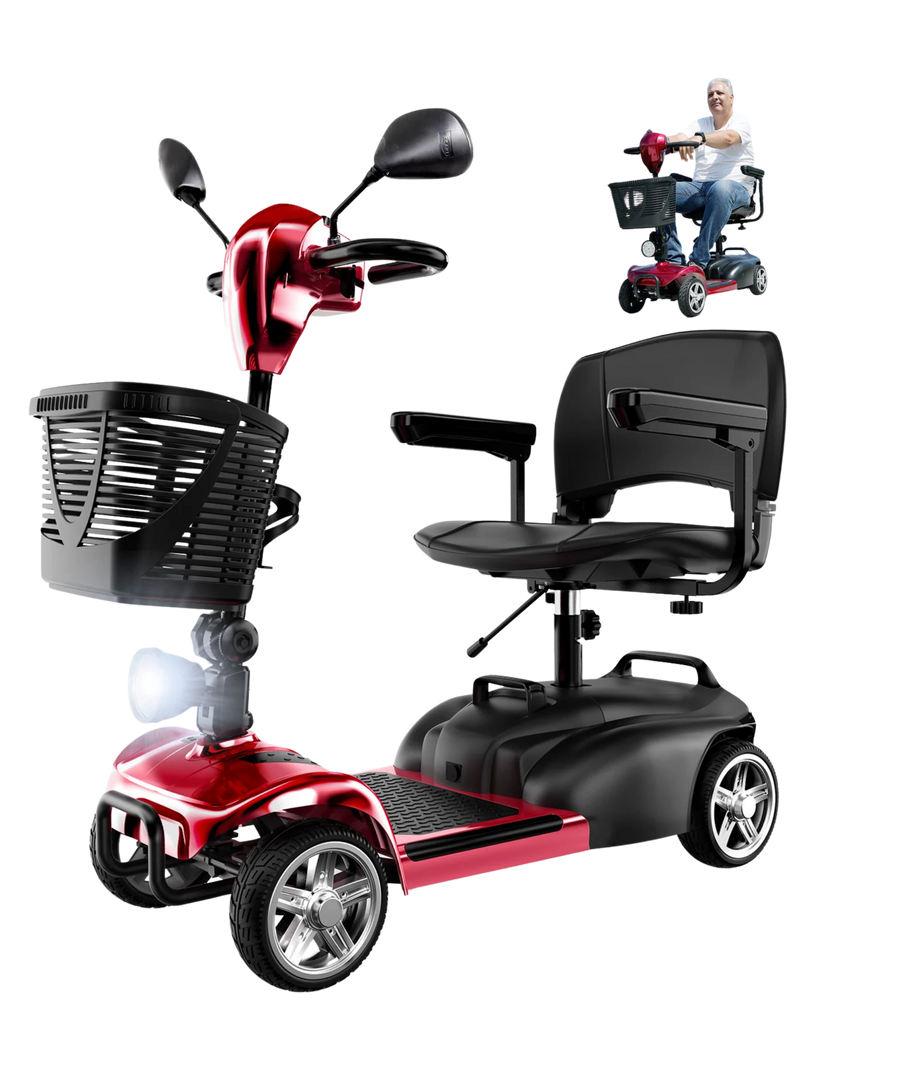
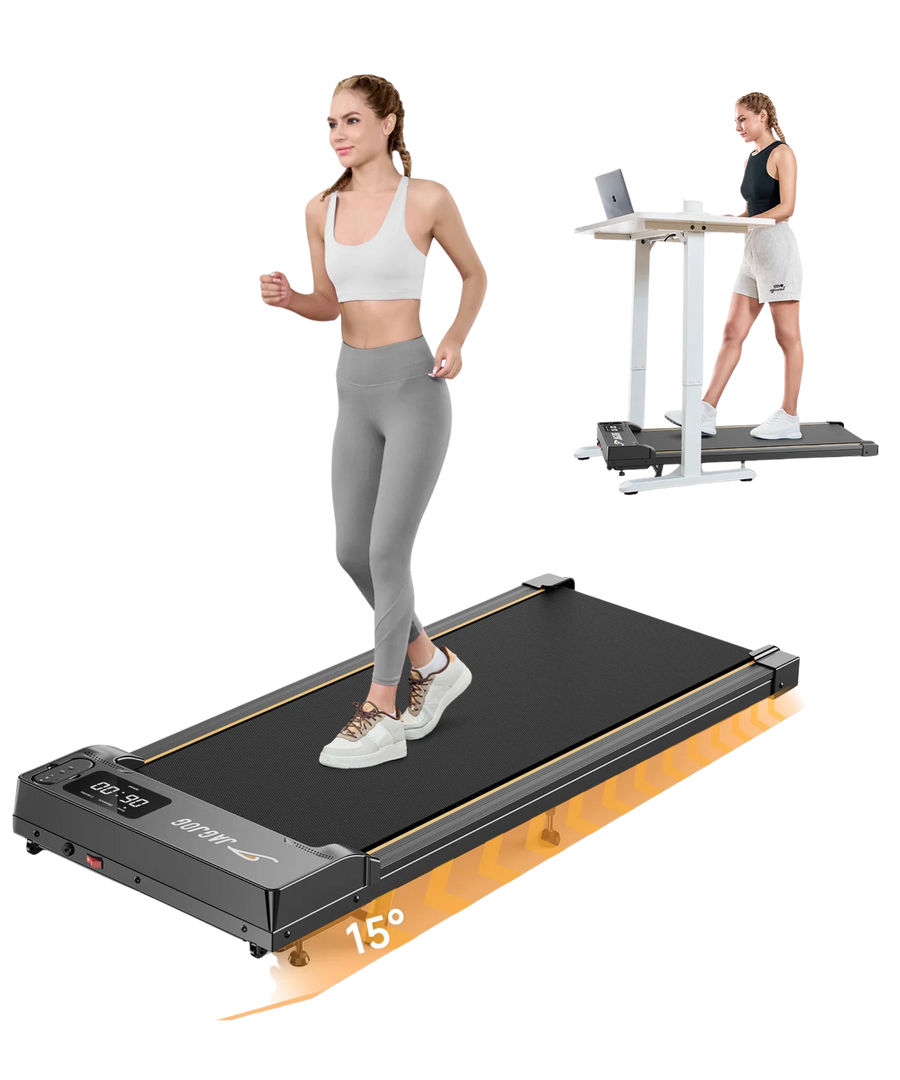

























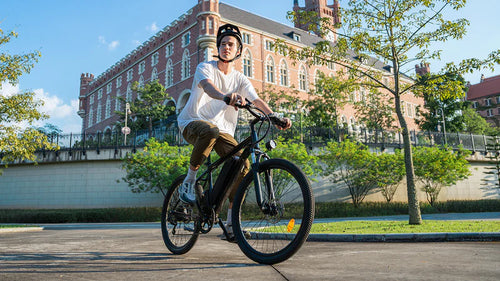
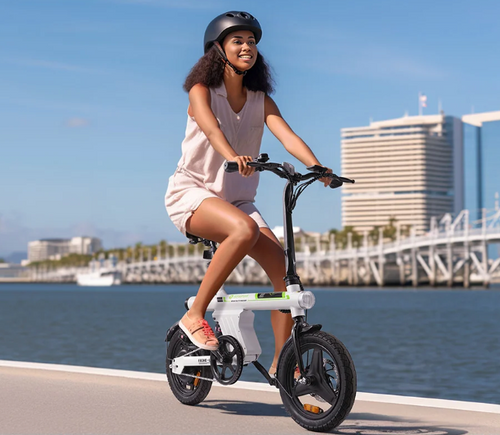



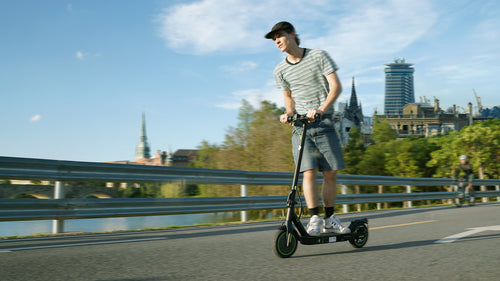


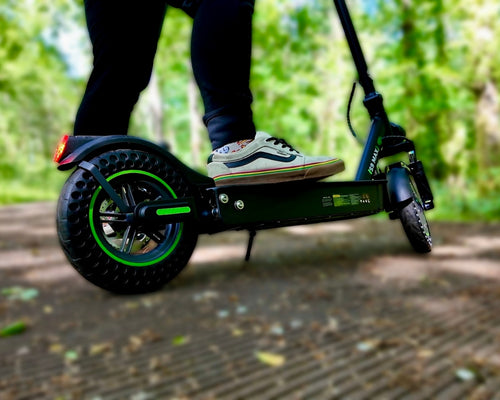
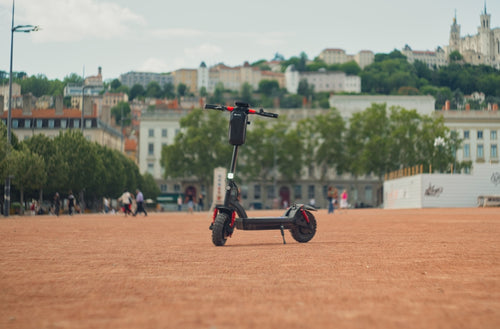
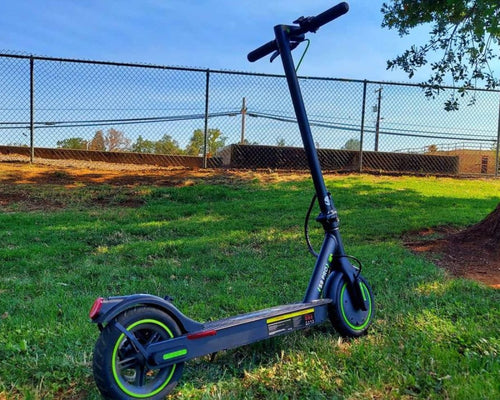





Leave a comment